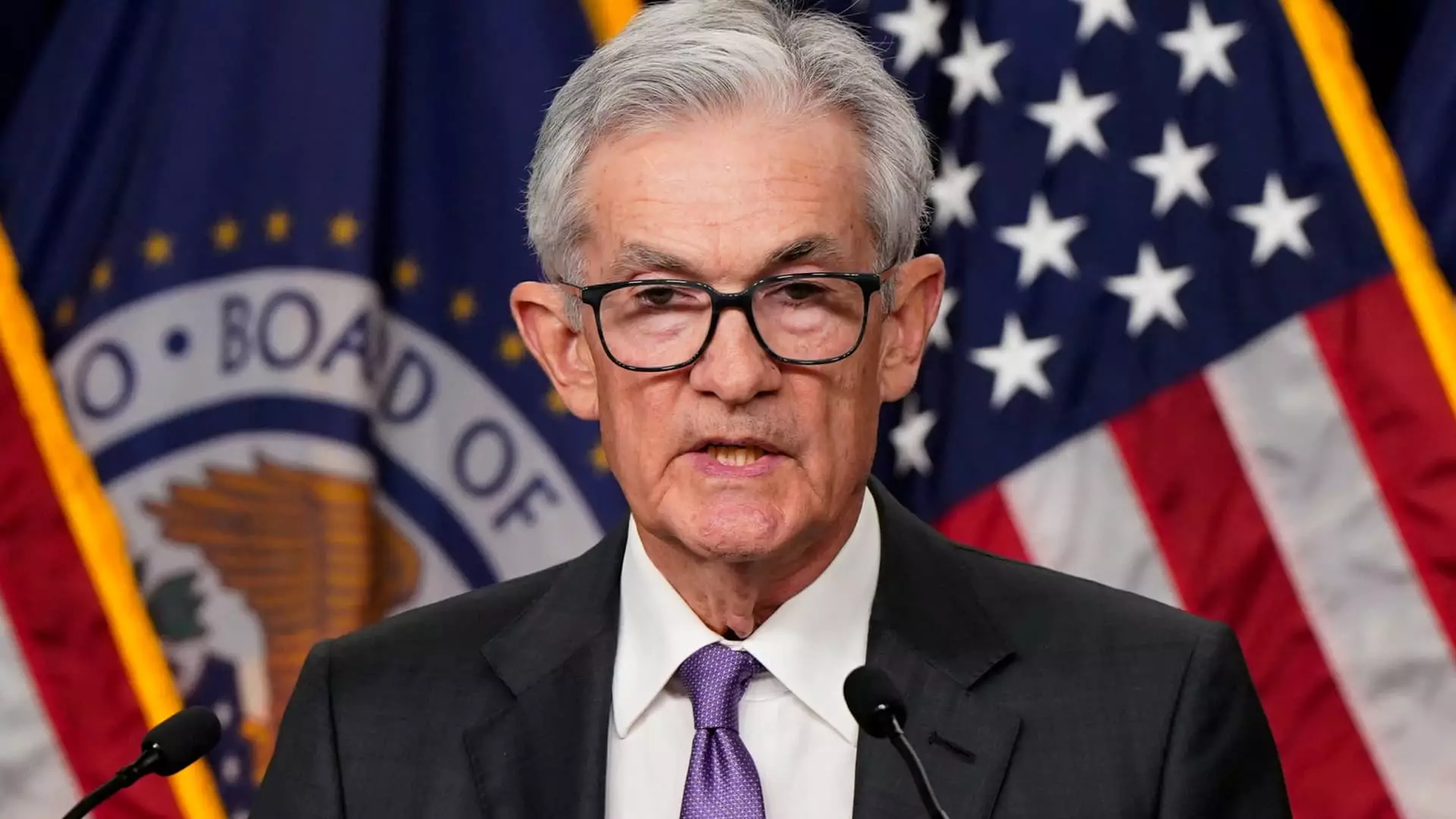On a pivotal Wednesday in Washington, the Federal Reserve marked a significant shift in its monetary policy by announcing its first interest rate cut since the onset of the Covid-19 pandemic. The decision to reduce the benchmark interest rate by half a percentage point signals a strategic move to support the labor market amid growing economic uncertainties. This article delves deeply into the implications of this cut, its timing, and the broader economic landscape that led to this historic decision.
Understanding the Rate Cut Decision
The Federal Open Market Committee (FOMC)’s decision to slice the federal funds rate to a range of 4.75% to 5% comes after noticeable shifts in both the job market and inflation. With job growth slowing and inflation rates appearing less aggressive than previously anticipated, the Fed’s choice reflects a recalibration of their priorities. This rate cut—50 basis points—stands out, particularly since the last time the FOMC implemented such a cut was during the global financial crisis of 2008. This raises questions about the economic conditions today compared to those bleak times.
Chair Jerome Powell emphasized at a post-meeting conference that this decision was rooted in a delicate balance of restoring price stability while preventing a significant rise in unemployment. His statements underline the complexity of the task facing the Fed—achieving dual mandates of maximum employment and stable prices amid tightening labor conditions. Contrasting perceptions of these challenges may likely arise as various stakeholders respond to this move.
Market Reactions and Interpretations
Financial markets responded quickly and reactively to the Fed’s announcement, with initial volatility seen in the Dow Jones Industrial Average. It surged upwards significantly, only to stabilize soon after. Market volatility in the aftermath of Fed announcements often suggests a level of uncertainty among investors regarding the long-term implications of monetary policy decisions. Tom Porcelli, chief U.S. economist at PGIM Fixed Income, noted that investors had speculated on potential future cuts but emphasized that Powell had clarified that this was not necessarily the beginning of a series of expansive cuts.
This highlights an important point: while the immediate effects on stock prices may dominate headlines, the actual economic environment, including consumer sentiment and spending, is significantly more complex. Investors are keenly aware that monetary policy does not operate in isolation; global economic conditions and other central banks’ actions play a critical role in shaping market perceptions.
Upon further analysis, it becomes evident that the Fed’s decision occurs against a backdrop of complicated economic indicators. While GDP growth appears to be on an upward trajectory, tracking at an estimated 3% growth rate for the third quarter, some macroeconomic signals, particularly in the labor market, warrant concern. The FOMC noted increases in the unemployment rate, which, while still low, signals a slower overall job growth trend that could dampen consumer confidence and spending.
Moreover, inflation indicators are presenting a mixed bag. Although the preferred inflation measure now shows rates at around 2.5%, still above the central bank’s target, the projections for future inflation have been adjusted downwards. These seemingly contradictory signs complicate the Fed’s path forward.
Reflecting on historical perspectives reveals that understanding and responding to inflation and employment dynamics is a longstanding challenge for the Fed. The 2008 financial crisis was accompanied by drastic rate cuts under similar circumstances. Such parallels may provoke existential debates regarding whether history is repeating itself or if the current dynamics are distinct enough to warrant a different approach.
Looking toward the future, the Fed signaled further potential cuts may be on the horizon, dependent upon economic conditions. Decisions like these ultimately set the stage for critical economic dialogues on employment strategies and inflation management. They evoke discussions about the balance Central Banks must maintain—supporting economic growth while keeping inflation in check.
Global Ramifications
The Fed’s actions will likely ripple through global financial markets, influencing the monetary policies of other central banks. As countries worldwide grapple with inflationary pressures exacerbated by pandemic effects, the Fed’s rate cut may embolden similar moves. The international economic landscape is precarious, and coordinated actions among central banks could either stabilize or destabilize the recovery process.
The Federal Reserve’s recent interest rate cut constitutes a monumental decision that must be viewed through various lenses—economic, historical, and global. The intersecting dynamics of inflation and employment create a complex web that will demand careful monitoring and strategic forethought in the upcoming months. As markets adjust, so too must policymakers, staying vigilant for both the opportunities and challenges that lie ahead.

Leave a Reply